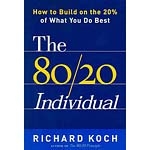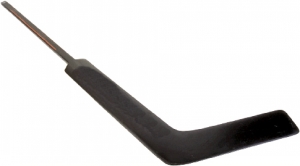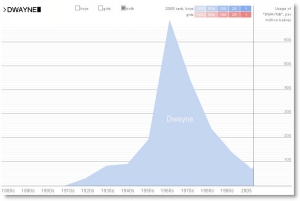 I've had a few inquiries about how things are going with regard to my vision since my LASIK procedure back in June, so here is a quick update:
I've had a few inquiries about how things are going with regard to my vision since my LASIK procedure back in June, so here is a quick update:
I just went in for my "final" checkup on my surgery, and my vision tested to 20/10 - much better than the 20/20 I was hoping for.
I am quite happy I went through the LASIK process, and would do it again without any hesitation. I have also received some oral and email questions in the past couple of months so I thought I'd share them here, along with my responses:
- How's your night vision?
- I've never had any issues with night vision either before or after the surgery.
- Do you need reading glasses now?
- No, I don't. They tell me I will, eventually, as part of the normal aging process but I can deal with that. There is no evading the march of time, I suppose.
- Do you see halos or haze when you look at bright lights?
- I did see a bit of haze for the first 45 days or so (most noticeable first thing in the morning and late at night), but it gradually faded. After that, I saw a bit of haze if I went too long without using my artificial tears (eye drops). I don't see any halos or haze any more.
- What's your advice if I'm considering this?
- Check out the doctor ahead of time. Ask for references, visit the office, and even ask to observe a surgery if you want to. If anything doesn't pass your sniff test, look elsewhere.
- See if your insurance plan has any discounts available. Mine did - and I saved 20% by going to a doctor on the plan. I also used my company's medical "Flex" plan to make this a pre-tax expense (ask your benefits plan representative if this is an option for you).
- After the surgery, do everything the doctors tell you to do for follow-up care. This is especially true of the regimen for keeping your eyes moist with artificial tears - that helps your eyes heal properly, and is one of the most important things you can do. I used a watch with a countdown timer on it to remind me to put the drops in on time.
- Does this mean I have to put drops in for the rest of my life?
- No, your tear production returns to "normal" levels over time. I still carry the drops, but I only really use them first thing in the morning now and when my eyes get tired from late nights.
- Where did you have your LASIK done?
- Teplick Vision, and I'd use them again. You can find them at www.oregonlaser.com, if you're so inclined.
- In the interest of full disclosure, I don't (and haven't) received compensation for any of the stuff I've written about them on this blog. However, if you tell them I sent you and you get the surgery done there, apparently I'll get some kind of thank you gift from them. I'll gladly accept such a gift, should I receive one.


 This is called the "Hockey stick effect" in our business, because it means a big spike at the end of the quarter, causing our daily business graphs to be shaped like hockey sticks.
This is called the "Hockey stick effect" in our business, because it means a big spike at the end of the quarter, causing our daily business graphs to be shaped like hockey sticks.
